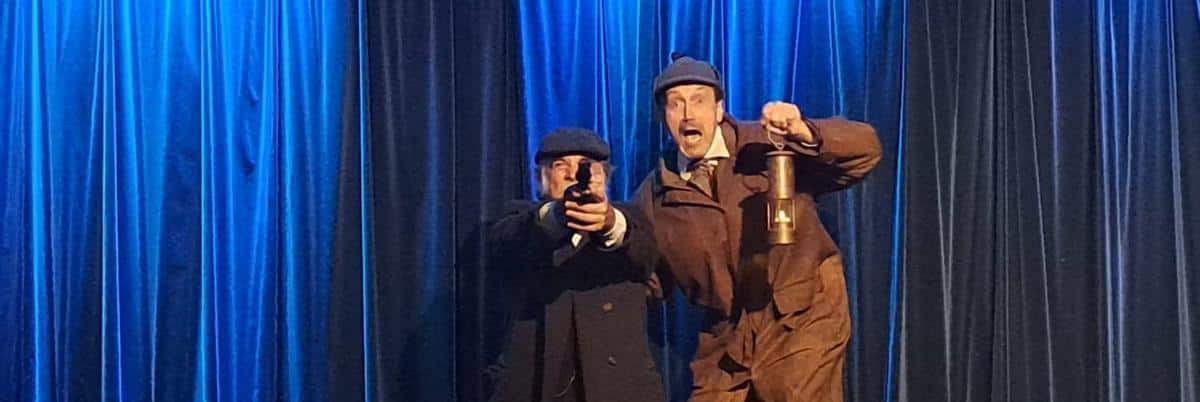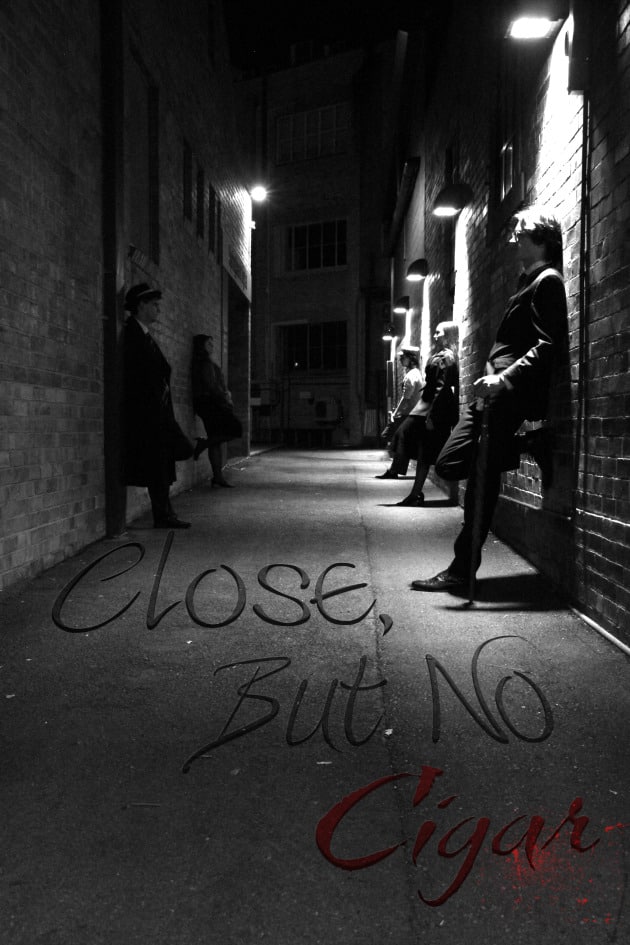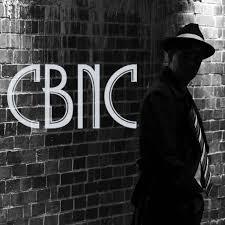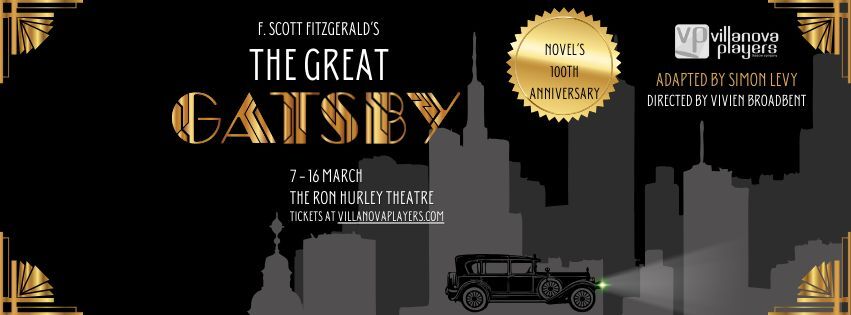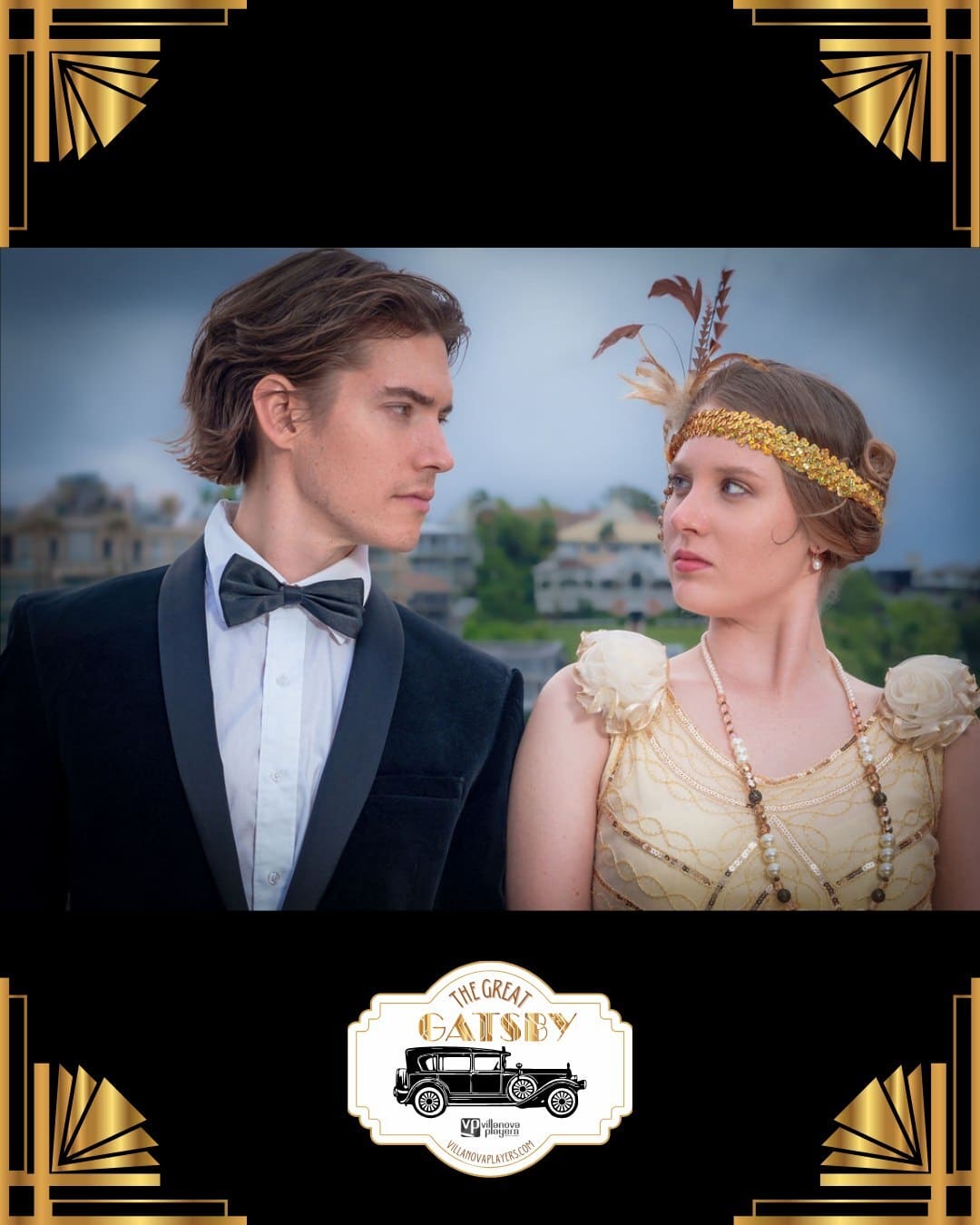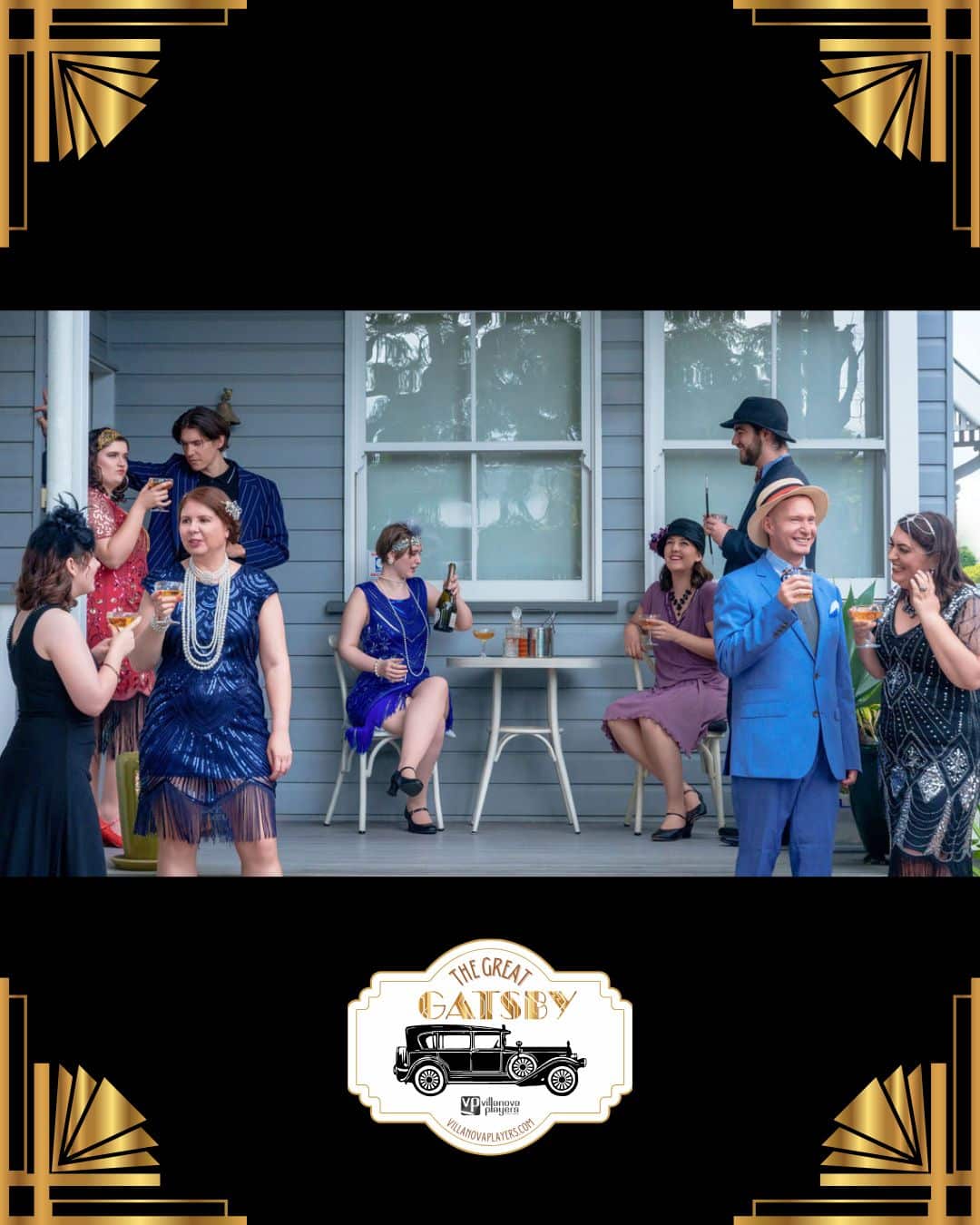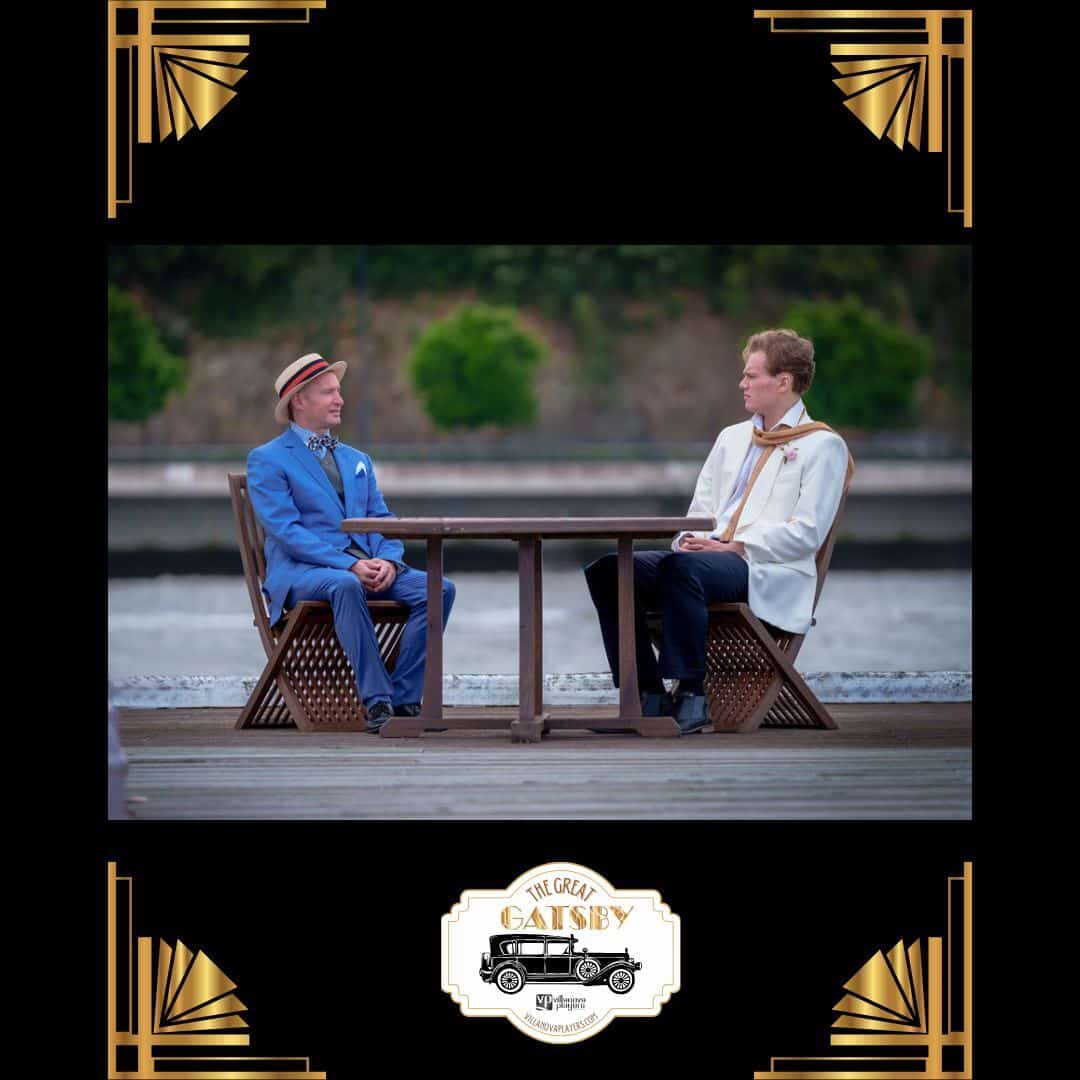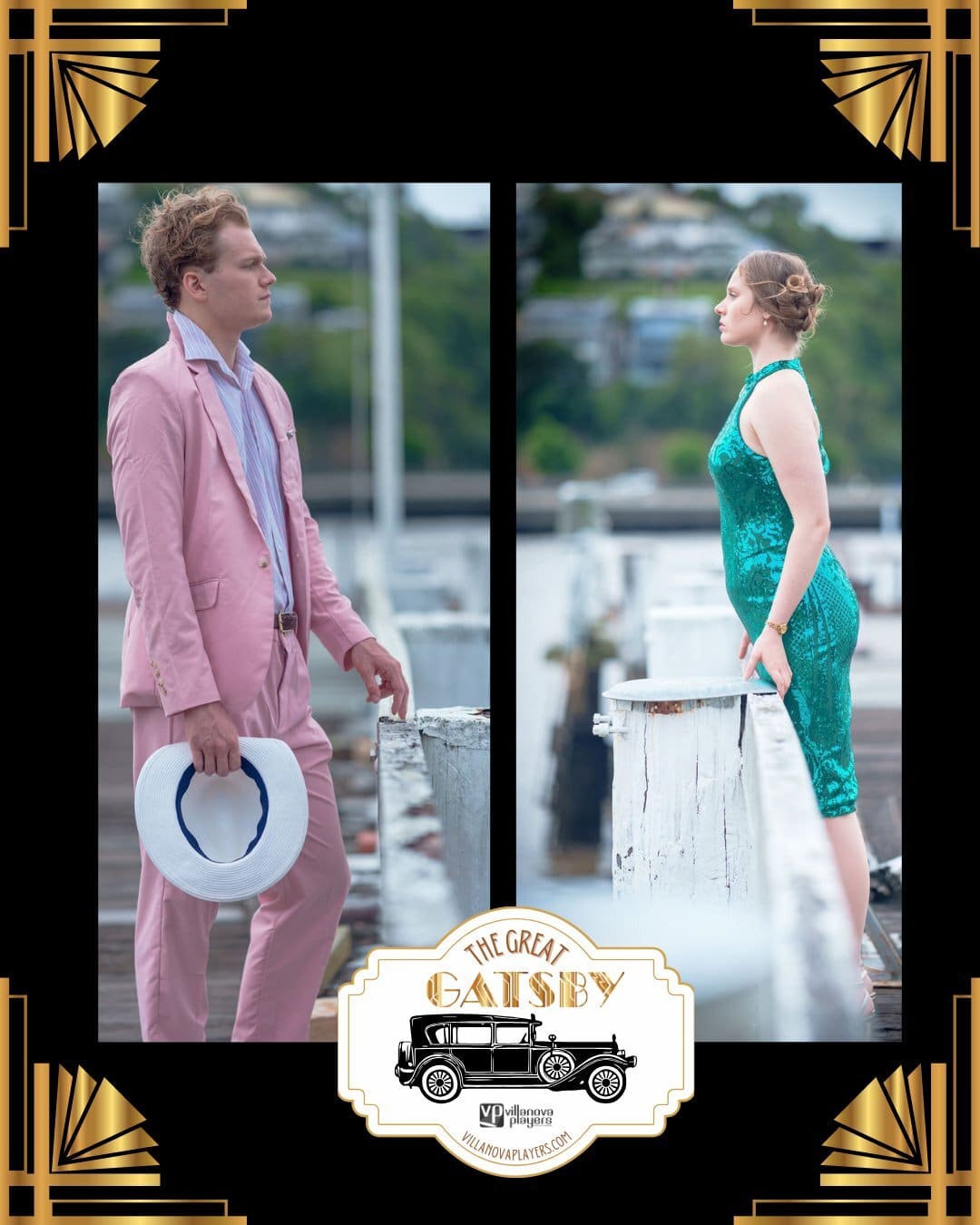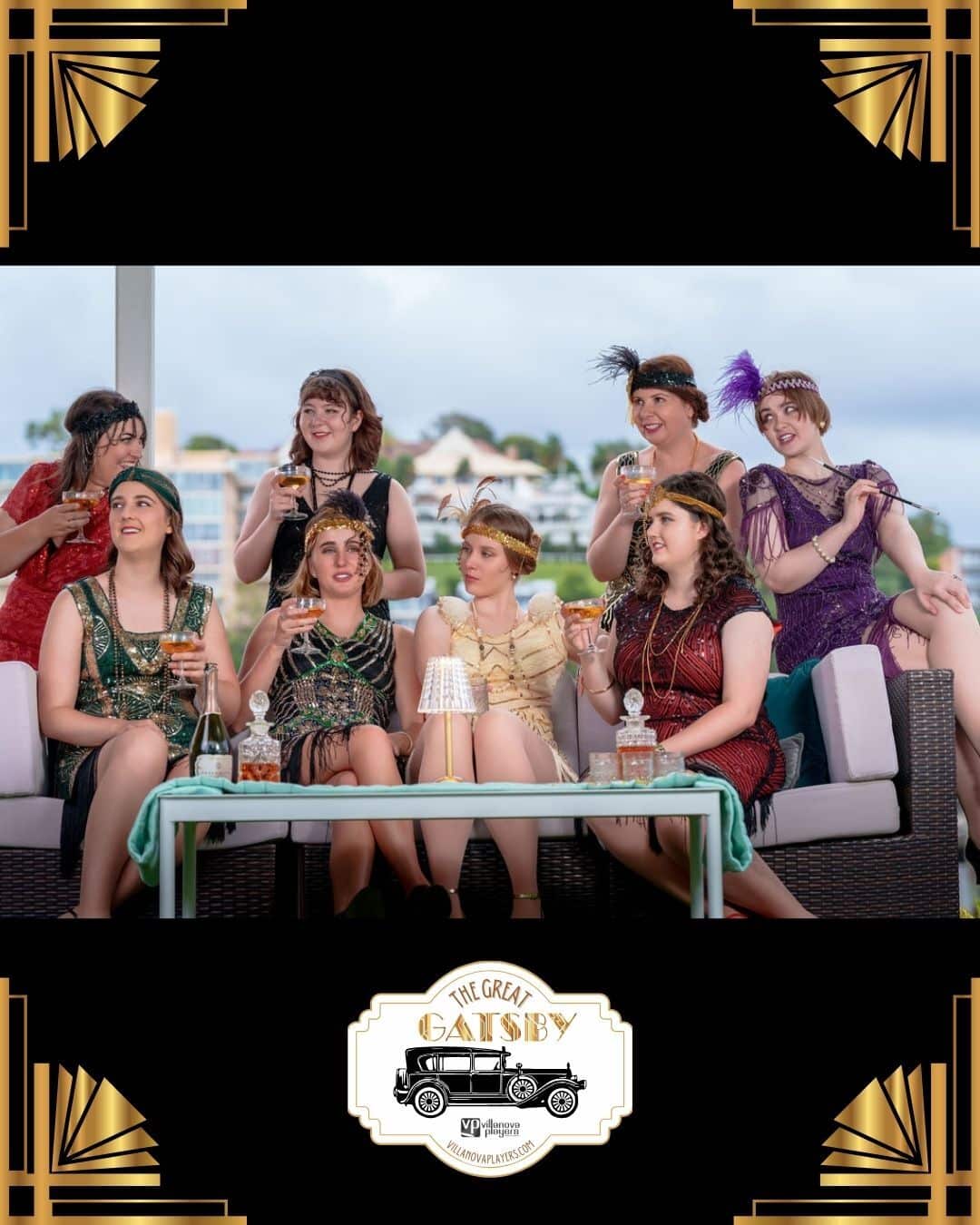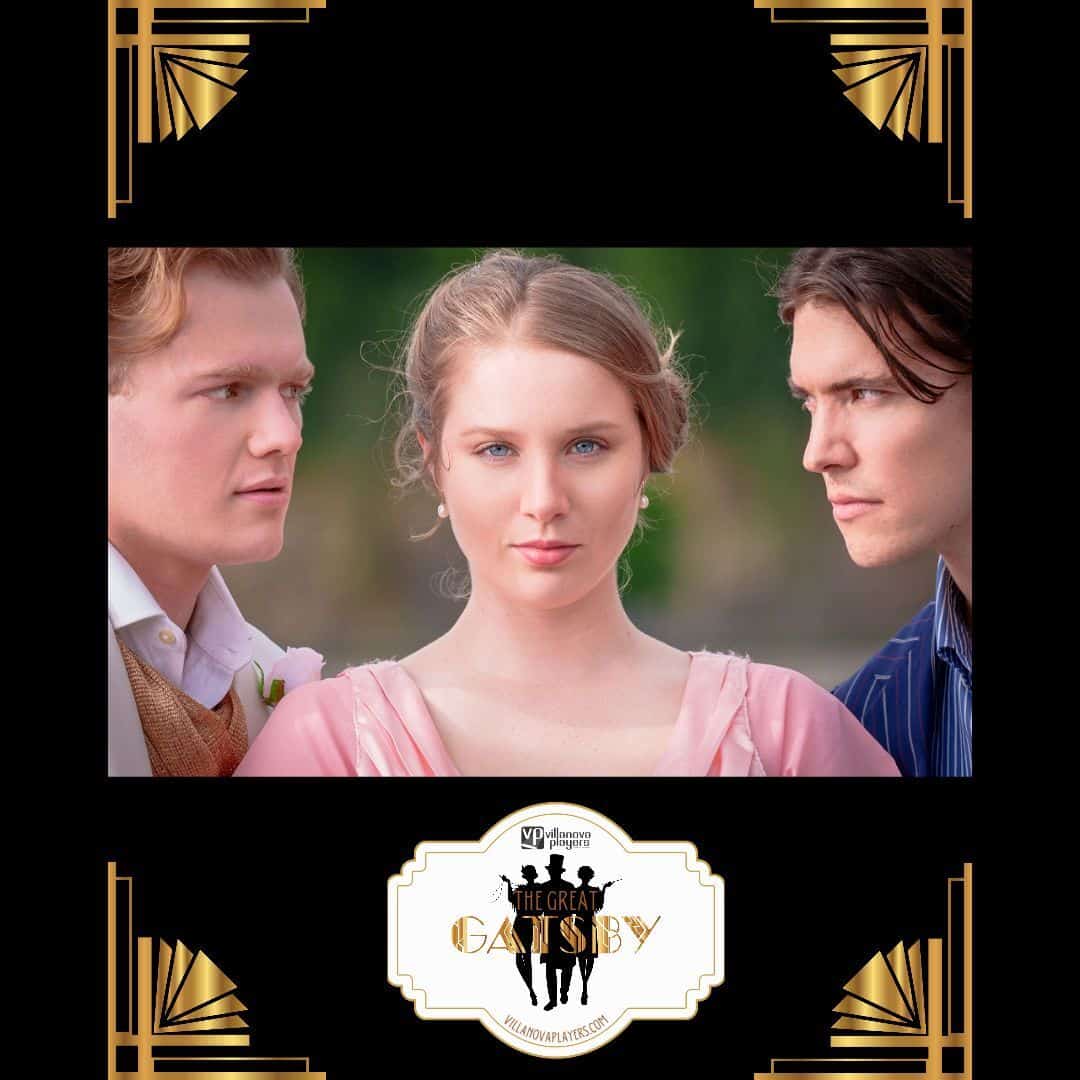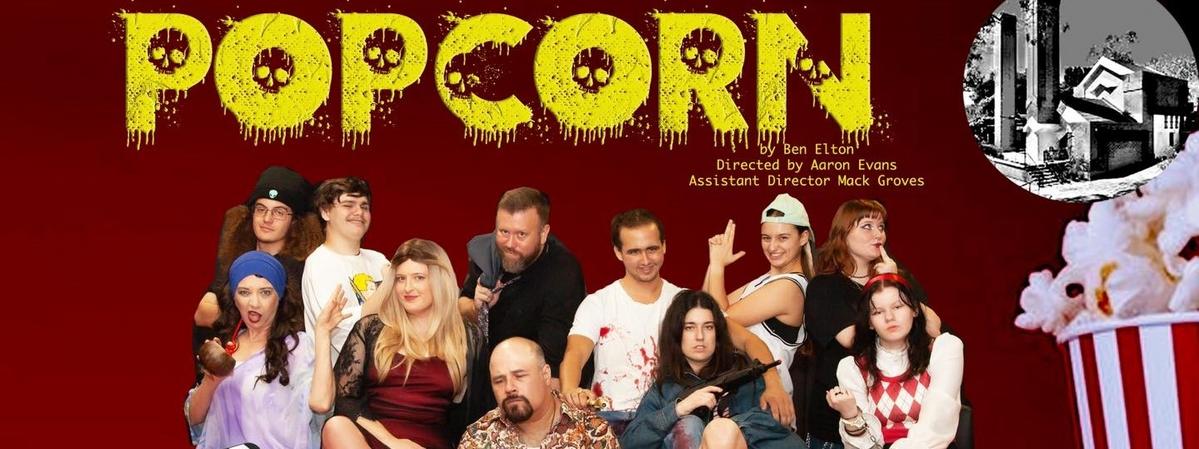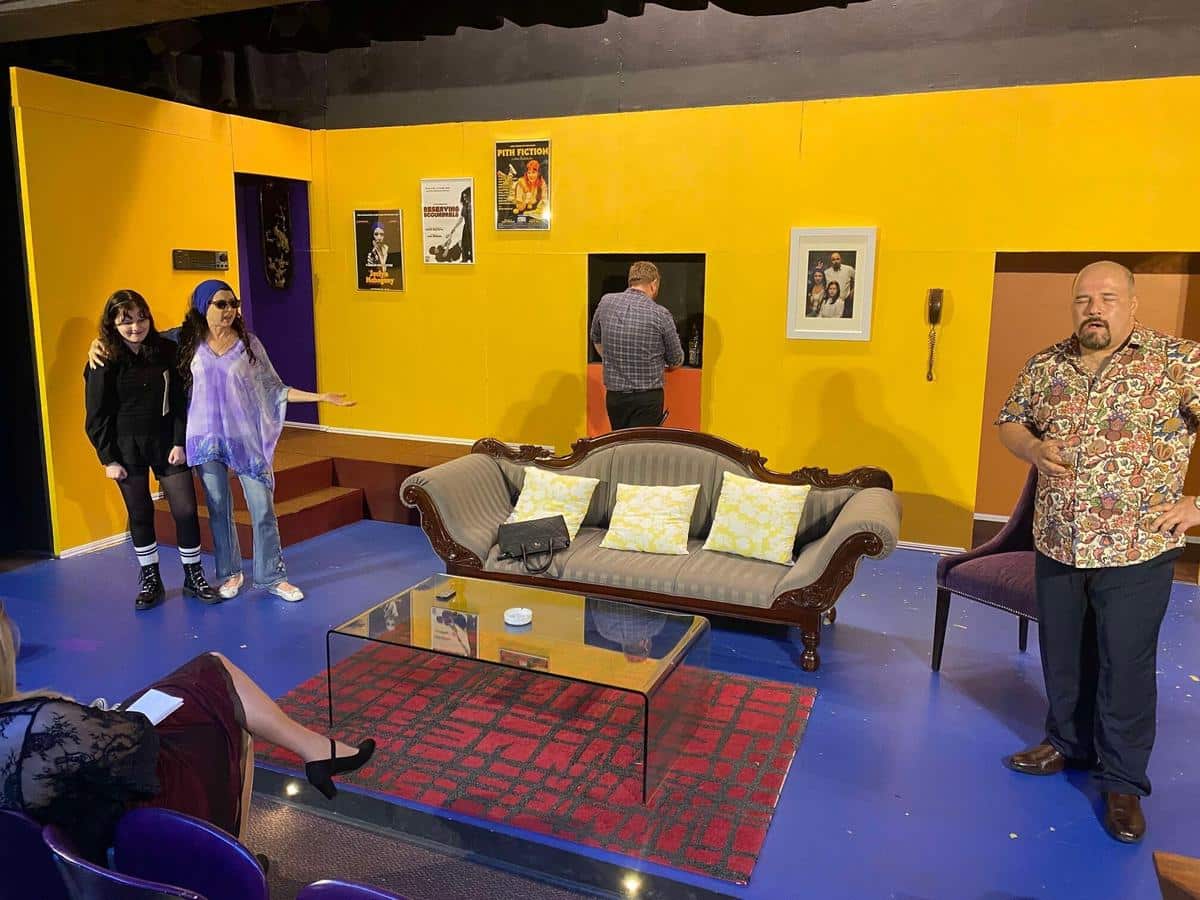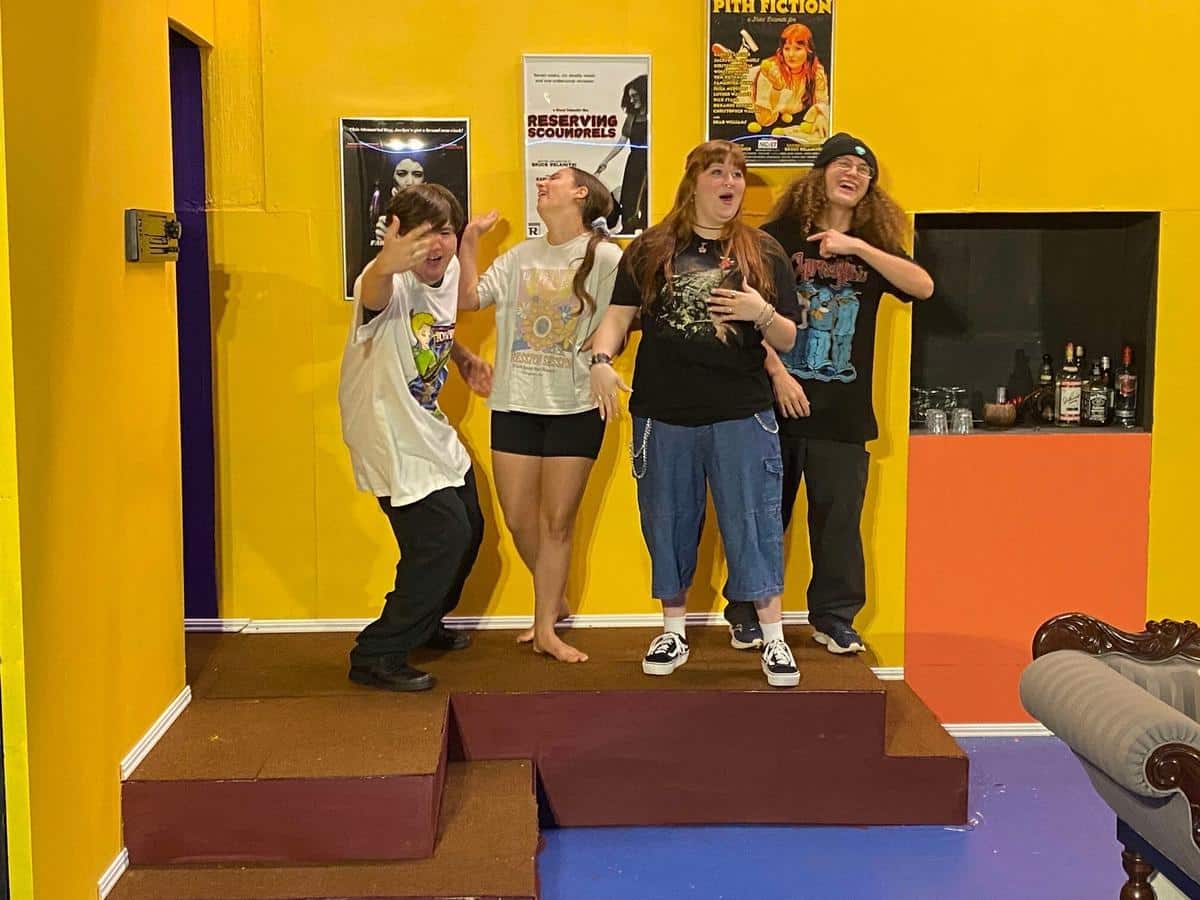The Hound of The Baskervilles is a classic Sherlock Holmes caper set at Baskerville Hall after the death of its previous owner. Unexpectedly, we follow Watson for most of the journey to collect evidence and interview suspects, working his way through the victim’s neighbours and lovers, all whilst a demon dog stalks its prey: them. Upstage Theatre’s rendition of this tale finds us in a Box Set of the sitting room in Baskerville Hall as we flit between conversations, dinner parties and occasional ventures out to the Moore.
The costuming was a real standout for this play, as every character had a uniquely curated wardrobe and style that was still accurate to the location and time of the play. It felt that much attention to detail and time was put into the design and curation, which elevated the atmosphere and created distinct differences between the characters.
There were nice moments where creative lighting assisted in the change of atmosphere, such as a flickering ‘fire’ effect over the fireplace to indicate a change of season. The use of prop candles was also well considered, with blocking helping to cover them when appropriate.
The Blocking and movement of this play was masterfully done, feeling natural and motivated at all times. At no point did characters behave in an unnatural way to meet a mark, begin needlessly pacing or start grandstanding when inappropriate; the best part of the blocking is that it didn’t feel like ‘blocking’. This is thanks to the wonderful, thoughtful direction of June Tretheway and David Bell.
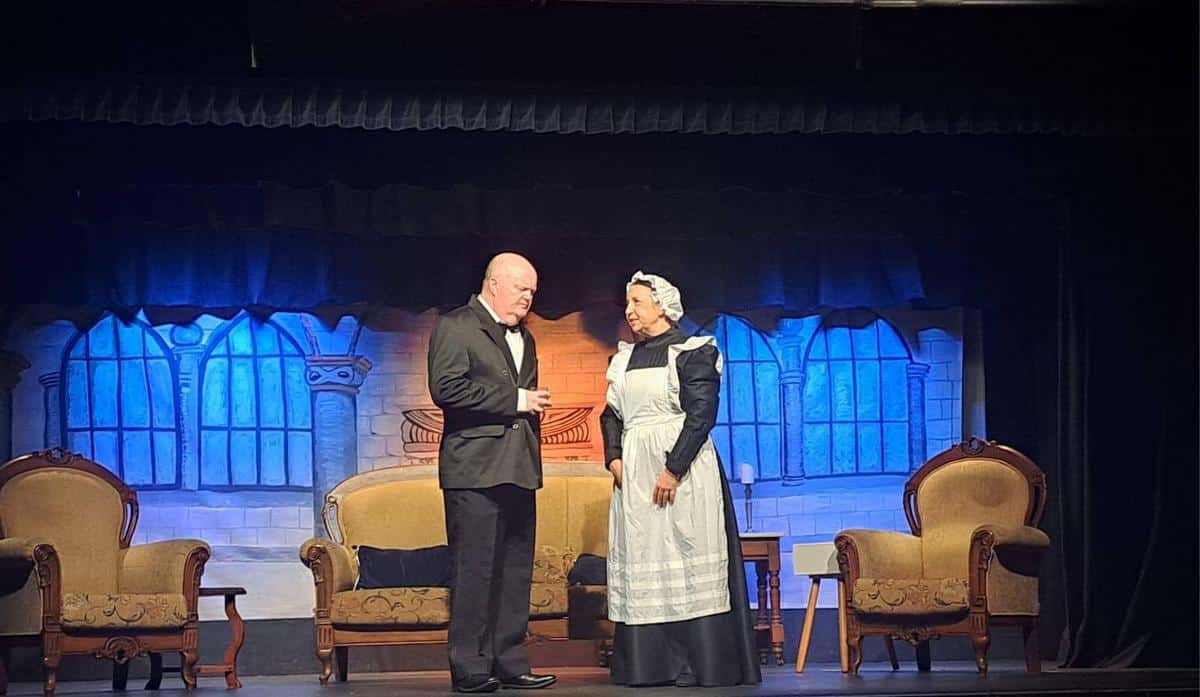
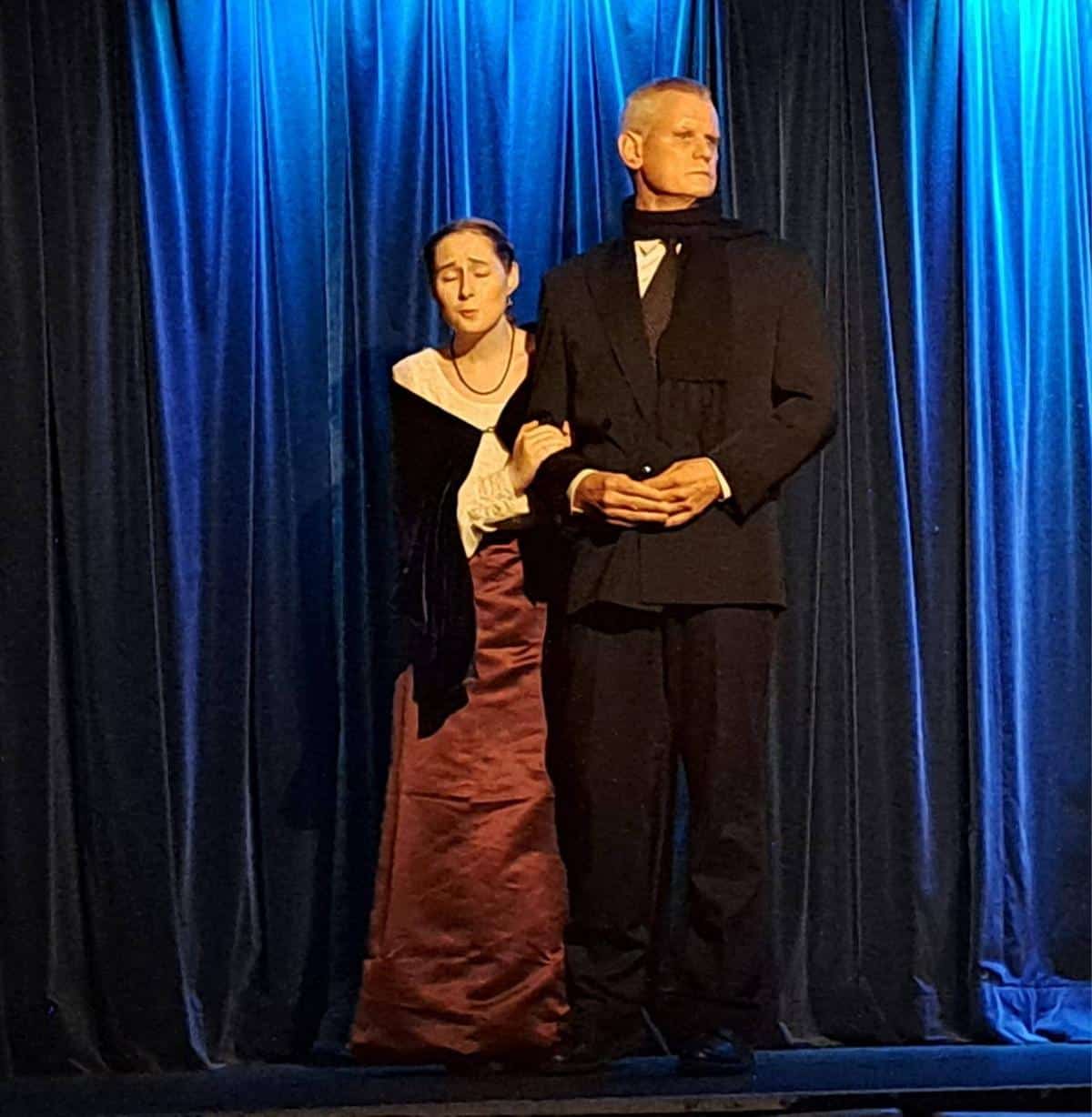
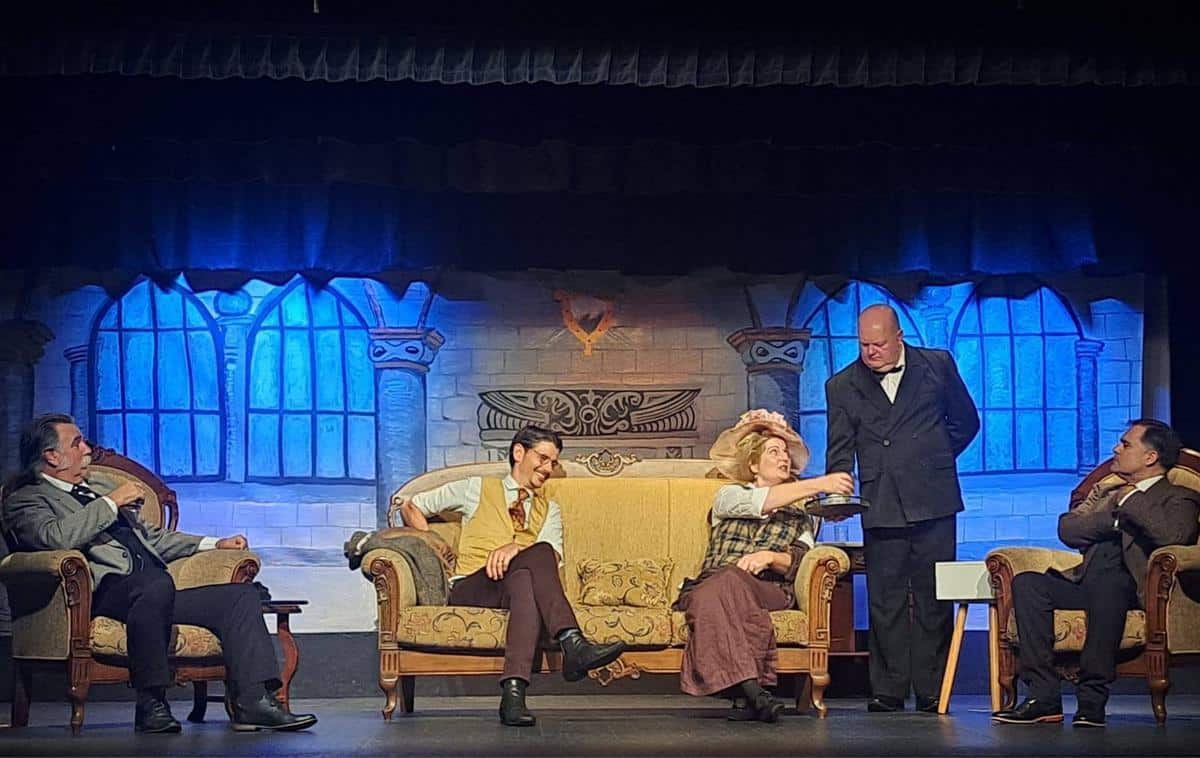
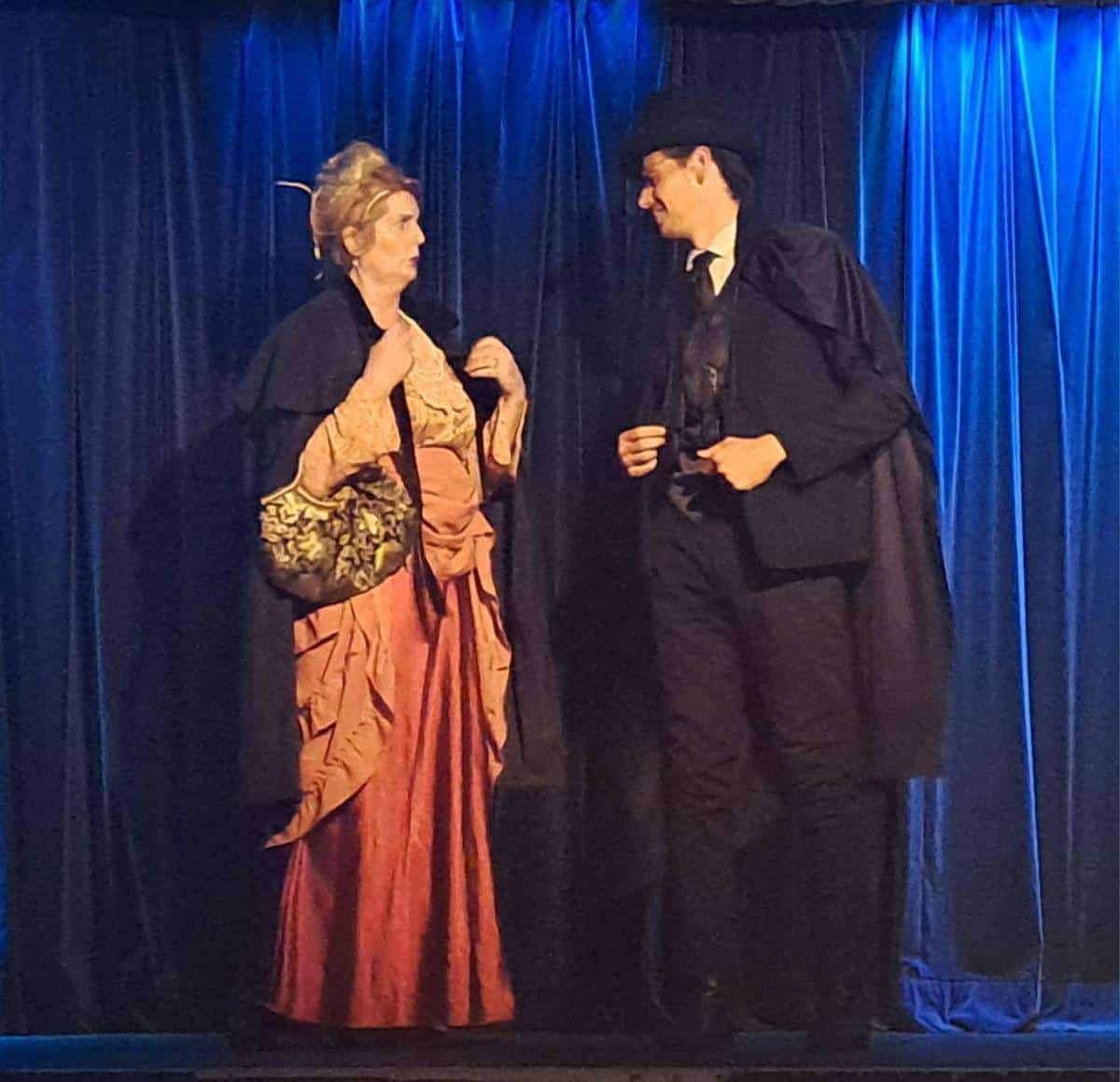
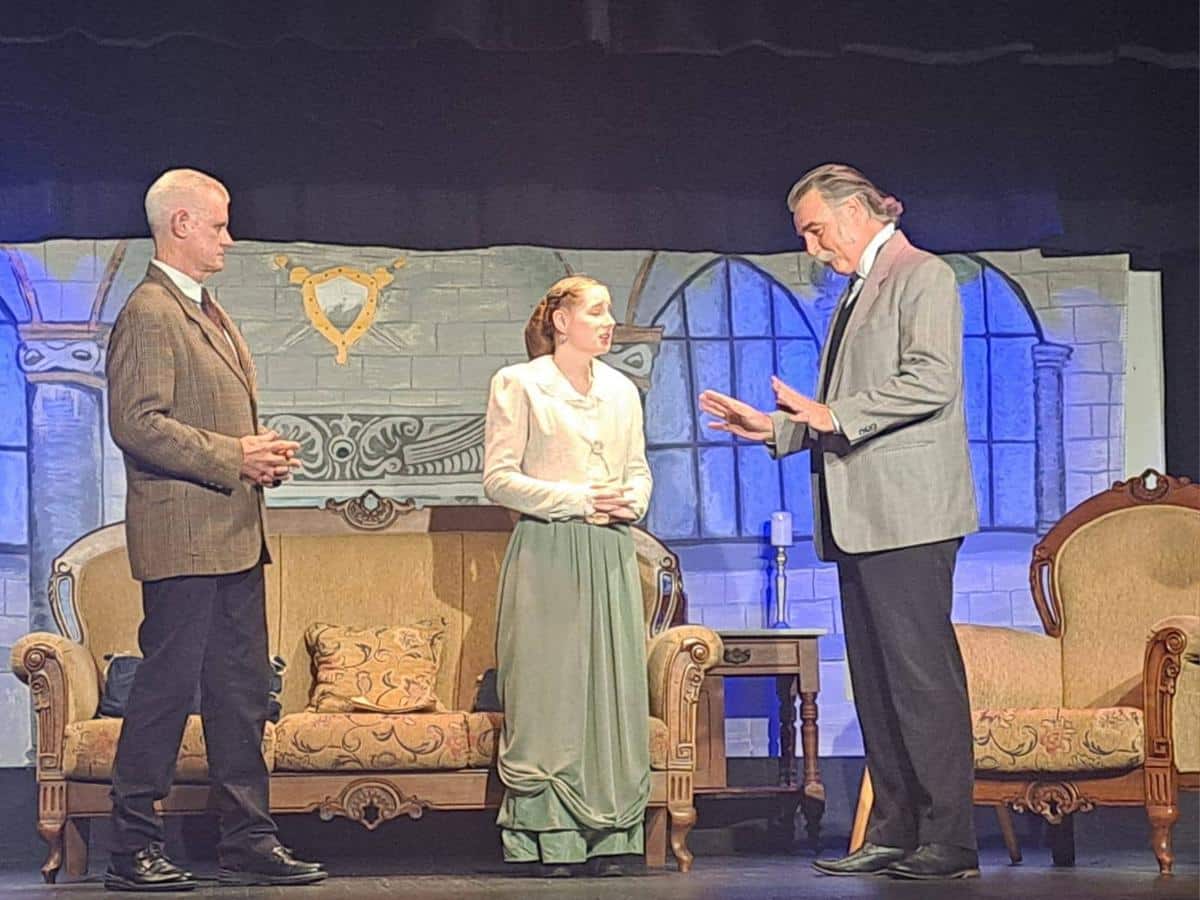
High Commendations should be given to the standout of the show, Shaun King, in the role of Watson. King delivered an energetic and likeable performance with fantastic characterisation. Grant Caldwell, in the role of Henry Lewis, played well off of King to give us an engaging journey throughout the play. Virginia Gray was fantastic in the role of Mrs Franklind, providing comedic relief and a captivating spirit to the stage. As Beryl Stapleton, Emily Egan gave an endearing and earnest performance, along with Jessica Fletcher.
I would have liked to see some additional development of the sound design to further assist in building the atmosphere. The sound used was agreeable, but further consideration of this element of the production could have lifted it even more. The other aspect I would like to see evaluated would be the pacing. However, this should improve the further this production gets into its run, as opening night nerves could have been impacting this.
Overall, the Hound of the Baskerville is an enjoyable play, and the cast and crew should be commended for their efforts.
To book tickets to Sherlock Holmes: Hound of the Baskervilles, please visit https://www.trybooking.com/events/landing/1335625.
